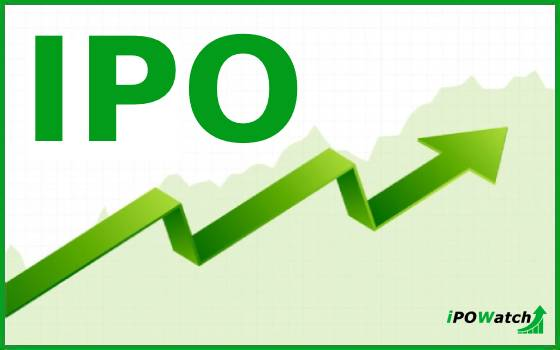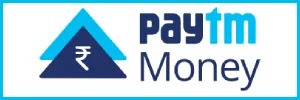In case you think this is the figment of an overactive imagination, think again. Alok Aggarwal, co-founder and chairman of Evalueserve, a leading provider of knowledge services, believes that the Bombay Stock Exchange’s 30-share benchmark index, the Sensex, could touch the 50,000-mark by the December 2015.
Here is the explanation for how he reached this conclusion.
January 8, 2008 is considered a golden day in the history of the Indian stock markets as the Sensex touched a record 21,077.53 in intra-day trading. It closed the day at 20,873. Analysts expected the Sensex to touch 25,000 by the end of 2008; some even saw it touching 27,000. But Aggarwal had warned then that “because of a sudden crisis of confidence, there would be a flight of foreign institutional investor (FII) money out of the country”.
He pointed out that if $12 billion of FII money was to leave within a quarter, the stock market would drop by approximately 30 per cent to the level of 14,000. By July 8, 2008, Aggarwal’s predictions came true. And then the world economy was sucked into the vortex of one of the worst recessions in recent times.
On October 24, the Sensex plunged by 1,070.63 points (10.96 per cent) to close at 8,701.07, and sank further to a low of 8,160 on March 9, 2009. Since then it has climbed gradually to hover very close to the 18,000-mark in April 2010.
Many analysts believe that an inflow of approximately $18.1 billion of FII money into India (during April-October 2009), most of which has went into the Indian stock market, was the primary reason why the Sensex slowly started to move northward.
Aggarwal says that the Indian stock market, which was grossly overvalued two years ago, is now more reasonably valued, thanks to India’s continued economic growth.
If a country’s market capitalisation as a proportion of global market capitalisation mirrors its share of world GDP, India’s stock market seems to be within 15-20 per cent of where it should be, says Aggarwal.
According to a recent study by Bespoke Investment Group, India’s market capitalisation was 2.7 per cent of world market cap, while India accounted for 2.2 per cent of world GDP in 2009. Thus, said Aggarwal, the Sensex and other Indian indices seem to be trading within 10 per cent of where they should be.
“So if the Indian economy continues to grow at an average of 8.5 per cent per year until December 2015, if there is no double-dip recession in developed countries, if the Indian rupee continues to trade around Rs 46 to the US dollar, then the Sensex should be comfortably placed at 15,622 on March 31, 2010, and around 50,130 in December 2015.”
The Sensex closed at 17,527 on March 31, 2010.
Read Full Article @ business.rediff.com









